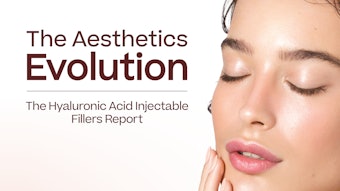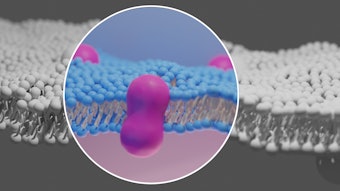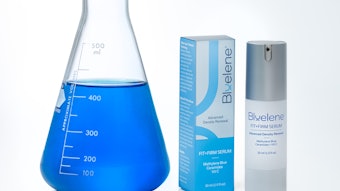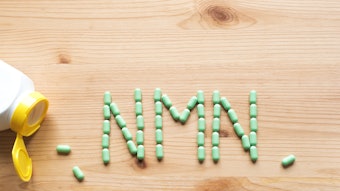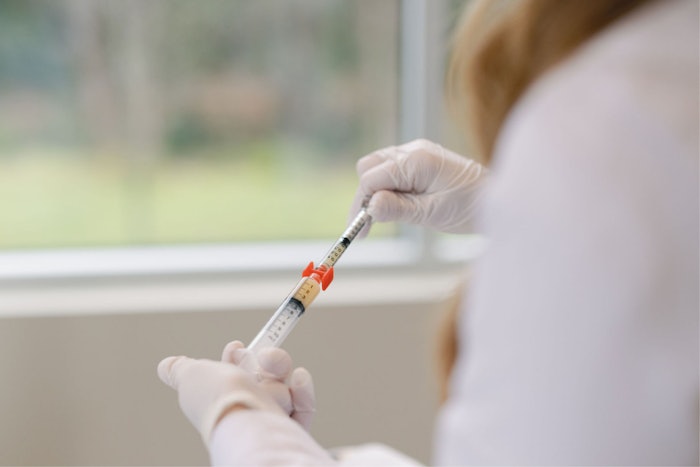
Skin Pharm, a cosmetic dermatology practice launched its PRP gel, an all-natural injectable that volumizes and rejuvenates skin. Using Cellenis’ PRP technology, the PRP Gel acts as a natural volumizer, rather than a filler, derived from the patient’s own blood platelets.
The volumizing and rejuvenating effects of PRP gel typically last up to 12 months after completing an initial series, says Lauren Zaucha, director of clinical training at Skin Pharm. Treatment longevity, however, depends on individual factors like age, skin quality, lifestyle and how well the body responds to the treatment.
“Since PRP stimulates collagen production and tissue regeneration, results improve gradually over several weeks and can be long-lasting compared to traditional fillers,” Zaucha says.
The PRP Gel Treatment Process: From Blood Draw to Skin Rejuvenation
The PRP gel treatment begins with a blood draw from the patient’s arm. The sample is then processed to separate the plasma and concentrate the platelets. Cellenis’ technology neutralizes the pH of patients’ blood and eliminates any component that could be inflammatory, allowing for pure PRP with optimal platelet concentration and cellular content.
 The platelet-rich plasma (PRP) is heated to elongate the protein chains and cooled to form a gel, which is then injected into the desired treatment area.Courtesy of Skin Pharm
The platelet-rich plasma (PRP) is heated to elongate the protein chains and cooled to form a gel, which is then injected into the desired treatment area.Courtesy of Skin Pharm
Once injected, the PRP gel releases growth factors that activate fibroblasts–the skin’s collagen and elastin-producing cells. As fibroblasts multiply, they stimulate the formation of fresh collagen fibers, gradually enhancing skin texture, elasticity and volume over time, she explains.
“Initially, the new collagen forms as Type III collagen, which is softer and more temporary,” Zaucha says. “Over the next several months, these fibers naturally remodel into Type I collagen, the stronger, more durable form that provides lasting firmness and resilience.”
Treatment Areas, Benefits and Synergy with Other Aesthetic Procedures
Common treatment areas for this PRP gel include the under-eyes, temples, cheeks, lips, chin, jawline and neck, according to a March 20 press release, with its volumizing benefits lasting up to six months.
An NLM study [1] found that PRP treatment led to significant enhancements in multiple facial parameters after one to three sessions, including pore size, texture, wrinkle reduction, pigmented spots, collagen density, hyaluronic acid levels and protection against ultraviolet damage.
Unlike hyaluronic acid fillers, PRP gel is derived entirely from your body’s own natural components to naturally improve skin integrity. Skin Pharm conducted multiple in-clinic demonstrations, reviewed scientific journal articles, attended a specialized masterclass and performed case studies before deciding to integrate this gel.
The injectable also pairs well with other treatments, Zaucha adds, including neuromodulators like Botox or Dysport, as both treatments work together to reduce wrinkles and restore a smooth, youthful glow. Microneedling complements PRP gel too, as it stimulates collagen production from the outside in, while PRP gel enhances collagen regeneration from the inside out.
Patients who’ve undergone this treatment so far have noticed a boost in radiance and a refreshed, dewy glow, while others appreciate the gradual improvement in skin firmness, texture and volume over time.
“The future of regenerative aesthetic treatments looks incredibly promising, with advancements in biotechnology, stem cell therapy and personalized medicine set to take skin rejuvenation to the next level,” Zaucha says. “PRP will also be increasingly combined with various versions of microneedling, lasers and biostimulatory fillers for amplified collagen regeneration.”
References:
1-https://pmc.ncbi.nlm.nih.gov/articles/PMC11035968/




